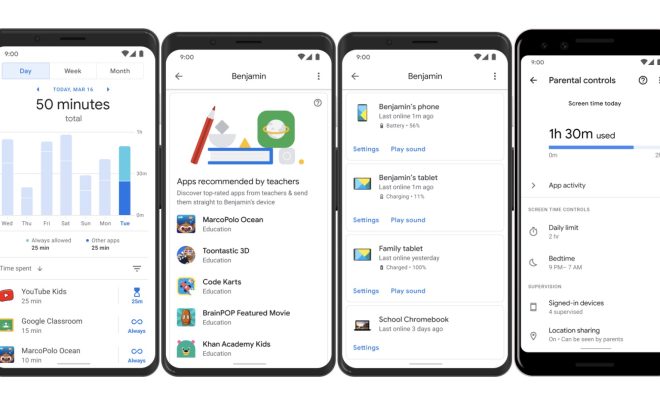What Is POST (Power-on Self Test)?

POST, short for Power-On Self Test, is a diagnostic test that runs automatically when a computer is first turned on. The POST tests the computer’s hardware components, ensuring that everything is functioning correctly before the operating system is loaded and applications are run.
The POST is essential to ensure that a computer is operational and ready to use. This diagnostic test is designed to detect any hardware issues such as memory errors, CPU failures, hard drive problems, and other issues. Without the POST, the computer would not be able to operate correctly or boot up.
The POST is initiated when a computer is turned on and it tests all internal components of the computer. It also checks all peripheral devices attached to the system for proper connection and compatibility. If any issues are found, the POST will either freeze or halt the system from booting up further. This can often be resolved by replacing or repairing the faulty hardware component.
The POST can take anywhere from a few seconds to over a minute to complete, depending on the complexity of the computer system and the number of components being tested. A series of beeps can often accompany the POST, which can indicate any error codes that have been detected.
In addition to checking the hardware components, the POST can also configure system settings, such as the CPU speed, hard drive settings, and memory settings. These settings can be accessed and adjusted in the BIOS (Basic Input/Output System), which is part of the firmware on the computer’s motherboard.
The importance of the POST cannot be overstated. Without it, the computer would not function correctly or could potentially cause damage to the hardware components. It is essential to allow the test to run its full course to ensure that all issues are detected and resolved before use.






